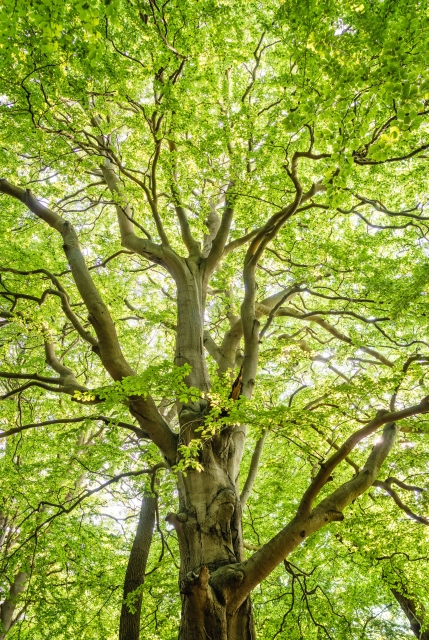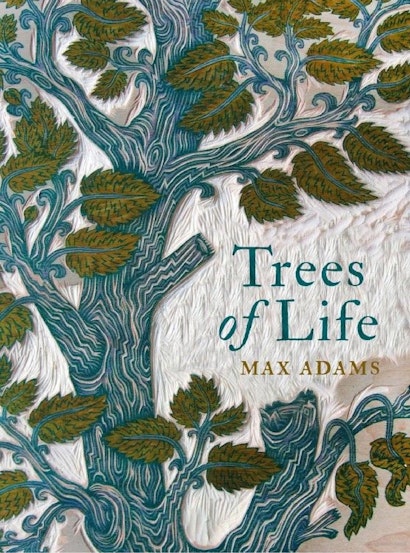The Earth supports about sixty thousand tree species. I wonder, how many of them would you come across in an average day? If you live in the countryside, or walk regularly through a public park on your way to or from work, you might recognise twenty or thirty: species native to your local climate, or exotic ornamentals collected by botanists or enthusiasts. And then, you could look around your home and wonder if there is any sign at all of the trees that keep the planet breathing and sustain local communities globally. You might be surprised.
And then there’s your diet—starting with breakfast: coffee, juice, cereal? If you drink coffee, the beans used to grind it came from one of two species of this small, red-berried drought-resistant tree: Coffea arabica and Coffea robusta—both native to the Horn of Africa and SW Asia. Why those two specifically? It’s hard to say. There are more than 120 species of coffee tree, some of them dangerously vulnerable to extinction. A few are naturally low in caffeine; others have distinctly interesting genes. Many coffee growers use the trees both as a source of valuable income and as interplanted shade to protect other food crops.
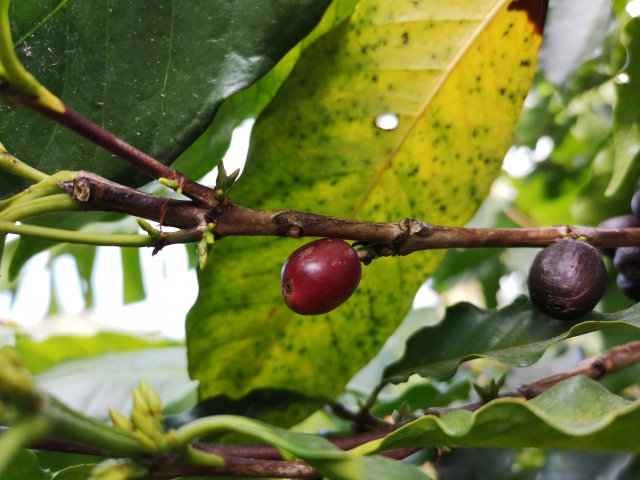
As for your juice, it’s probably one of the citrus fruits, all cultigens—species modified and selected by humans so long ago that their wild ancestors have disappeared. They supply much of our winter vitamin C—essential for life. Like many others I like to eat muesli. I especially value the vitamins and minerals I get from a favourite mix of nut-bearing trees: hazelnuts (Corylus avellana), walnuts (Juglans regia), Brazil nuts (Bertholetia excelsa) and almonds (Prunus dulcis).
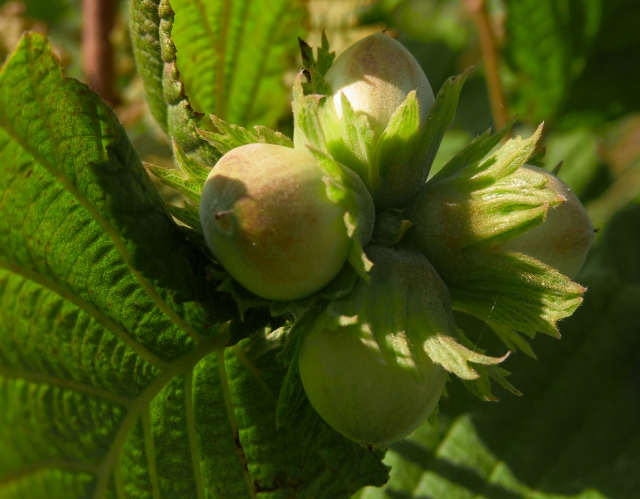
At the weekend, why not indulge in pancakes with syrup (Acer saccharum) or even chocolate sauce (Cacao theobroma). You might be resting your cereal bowl on a mat made of cork (Quercus suber)—the remarkably self-replenishing bark of an evergreen Mediterranean oak.
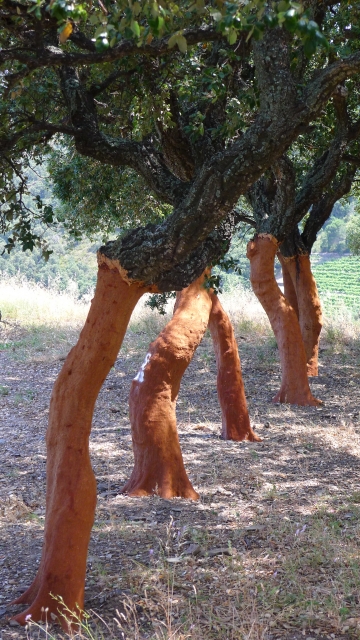
Over-indulgence might have you reaching for your medicine cupboard: for aspirin (originally synthesised from the bark of the white willow, Salix alba). Many, much more complex medicines also derive from trees: anti-cancer drugs from the Pacific yew (Taxus brevifolia), quinine (Cinchona officinalis) for reducing malarial fever. If you’ve had root canal work, the chances are you have an implant of gutta percha (Palaquium gutta), a latex that first revolutionised transatlantic telegraph communication in the 29th century.
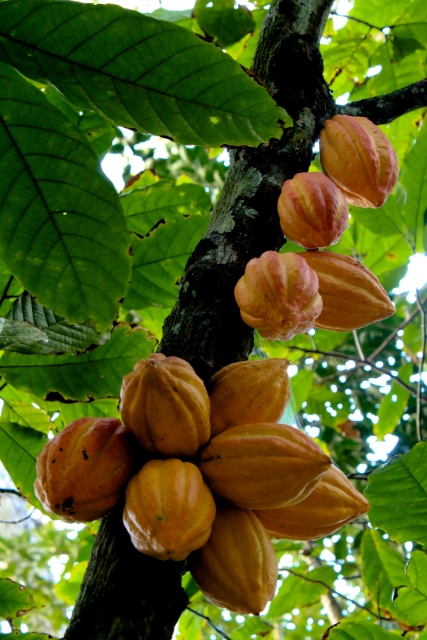
Trees are everywhere in our lives: in food, medicine, construction, play; in arts; in industrial materials; in the newsprint and books you read. Many rural communities around the world have special relations with trees that offer them all sorts of resources: spices, treatments for ailments; wood for fuel, building, carving, tools and weapons; with writing materials and fencing; with leaves for shade, fodder and roofing; twigs for basketry and small devices or tools. Others, like the marvellous Gao tree (Faidherbia albida) of Africa, are legumes, fixing nitrogen in the soil to improve fertility for other crops. Many trees that we take for granted have been overexploited, with devastating consequences for both indigenous communities who are sustained by their life-giving materials. The widespread destruction of a very precious coastal biome called mangal, consisting primarily of mangrove (Rhizophora spp.) exacerbated the devastating effects of the December 2005 tsunami. Where did all those mangrove trees go? Primarily to make charcoal for your garden barbecue; and to allow for fish farms. Deforestation, climate change and indigenous cultures are umbilically linked.

But trees are not just essential for life; they underpin civilisation in all its richness. They do not just form flood-preventing, timber rich forests, but are keystones in both natural and human ecologies. Much that is removed in processing precious foods, medicines and materials destined for the markets of the Developed World provides vital resources for the communities, sometimes living on the margins of subsistence, who nurture and harvest those trees. We depend on their knowledge and skills to sustain them and enrich our lives.
In Trees of Life I have collected together stories and profiles of some 80 of the world’s most useful trees—a very small sample. The book is illustrated with both sumptuous photographs and with some of the fine art that trees have inspired. It is both a celebration of their richness and a warning not to take them, and their human partners in survival, for granted.
Max Adams is the author of several books, including The Wisdom of Trees, The Little Book of Planting Trees, and In the Land of Giants. A teacher of the histories of woodland trees, Adams manages an area of woodland in County Durham. He has lived and worked in the northeast of England since 1993.
